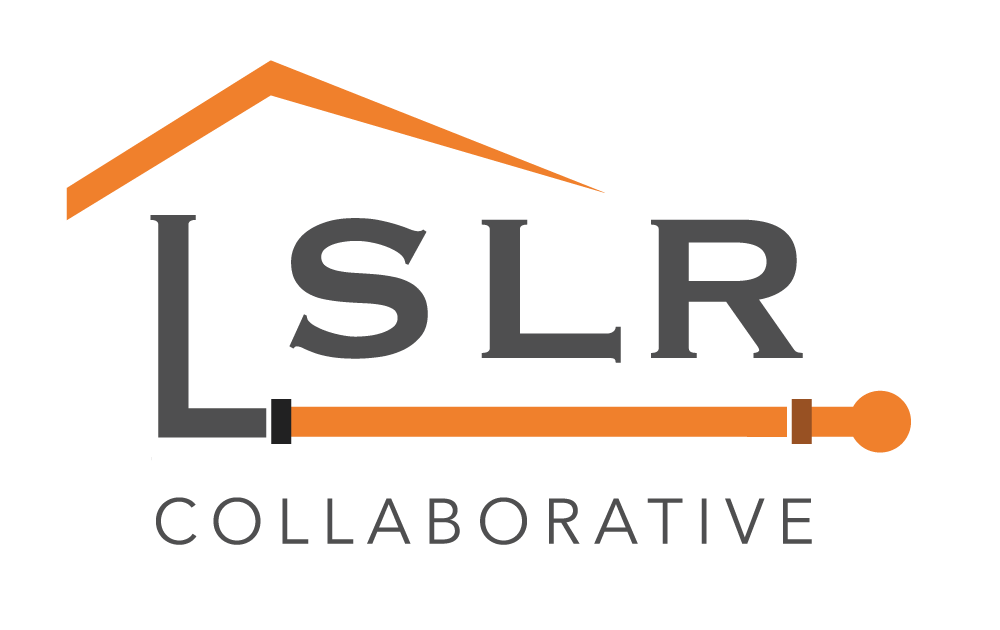|
The Recorder See the full article online. Dozens of lead service lines connecting Amsterdam homes to the city’s water are expected to be replaced over the next few years through tapping state funds. Assemblyman Angelo Santabarbara announced Friday that Amsterdam would receive up to $500,000 through the state’s Lead Replacement Program to replace residential lead service lines. The city will be fully reimbursed for costs associated with replacing the lines, including restoration of public and private property after pipes are installed, according to Santabarbara. He said the city qualified for funding after elevated leads were discovered earlier this year. Amsterdam has identified approximately 60 lead service lines in need of replacement to date, which is estimated to cost $5,000 to $10,000 per line due to varying site conditions and pipe lengths, according to Santabarbara. He said the replacement project is slated to start in the spring and is planned to be completed by the end of 2021. “It is a significant step in the right direction to addressing the elevated lead levels,” Santabarbara said. “Hopefully this round can at least address the lines that they’ve identified so far. It’s going to take a while, but the fact that they’re getting started next year is good news for the city.” Amsterdam Water Treatment Chief Plant Operator Randy Gardinier in an interview Wednesday said nine of the 60 samples collected from city homes in September were discovered to be above the regulatory limit, or maximum contaminant level (MCL), of 15 parts per billion. The percentage of samples exceeding the MCL triggered an action level violation, which requires measures to be taken to address the issue. An action level violation occurs if more than 10 percent of samples collected exceed the MCL, which for the city’s latest batch is six samples. The levels of lead in the nine samples exceeding the limit were 140 parts per billion (ppb), 58 ppb, 40 ppb, 30 ppb, 28 ppb, three at 21 ppb, and 16 ppb, according to Gardinier.
The U.S. Environmental Protection Agency testing requirements for the city involve collecting water samples from 60 water distribution system customers at “Tier 1” sites, which are homes containing lead or copper pipes with lead solder installed between 1983 and 1988, or serviced by a lead service line. Gardinier had said the prevalence of these buildings in the community spurred the EPA requirement. While his announcement came days after the latest test results, Santabarbara said the funding eligibility was connected to the city submitting its test results from earlier this year. Funds were allocated for the Lead Replacement Program through the state’s Clean Water Infrastructure Act of 2017. In May — the first time the city was bound to the Tier 1 mandate — seven of the 60 samples collected from city homes were discovered to be above the regulatory limit, triggering an action level. The levels of lead in samples exceeding the threshold from this batch were 660 ppb, 110 ppb, 78 ppb, 48 ppb, 33 ppb, 31 ppb, and 16 ppb. The vast majority of samples tested in September were from the same homes tested in May, according to Gardinier. Customers who voluntarily participate in the testing are given a bottle to a collect water sample, which must be taken after an at least 6-hour stagnant period but no more than 10 hours. To participate in a free testing program offered through the state Department of Health, residents can call (518) 402-7650. City residents can also call the Amsterdam Water Treatment Department at (518) 843-3009 to learn how to get their water tested. If residents need assistance securing a free lead testing kit, Santabarbara encouraged contacting his office by calling (518) 382-2941 or emailing [email protected]. Pending results from a corrosion control optimization study are also hoped to help the city address elevated lead levels. Gardinier said Wednesday that the corrosion study of the city’s water treatment system should be completed before the end of this month, which will include recommended measures to reduce the likelihood of lead in drinking water. Santabarbara said the state must continue allocating funds for communities to complete necessary infrastructure repairs and improvements. “As a civil engineer, the issue of aging infrastructure continues to be a top priority for me,” Santabarbara said in a news release. “To ensure clean drinking water, we must continue to identify and provide the funding to replace old pipes and water mains with 21st Century engineering.” The city’s water supply travels through an approximate 15-mile transmission line from Glen Wild in the town of Providence. Water is drawn from three city-owned reservoirs, each having different water characteristics and quality. Before flowing south to Amsterdam, water is screened, metered and disinfected with chlorine dioxide. In August, Gardinier said samples were also collected from where the city’s water enters its distribution system, and all six samples came back “non-detect,” meaning no lead could be detected. He had said entry points into the distribution system were tested, along with water samples consisting of a blend from the reservoirs. In May 2017, the EPA audited Amsterdam’s lead testing records from 2012 through 2017 and determined the city failed to comply with the Lead and Copper Rule, spurring an administrative order to be issued. A critical issue was the city’s failure to collect water samples from distribution system customers at “Tier 1” sites. The EPA maximum contaminant level goal for lead in drinking water is zero because it’s a toxic metal that can be harmful to people even at low exposures. This goal is a non-enforceable target, according to the agency’s website. Lead can accumulate in the body over time. While lower exposures to lead might have little effect on an adult, children can experience a more significant impact. According to the Centers for Disease Control and Prevention, most studies have determined exposure to lead only through contaminated water “would not be likely to elevate blood lead levels in most adults.” Children and pregnant women, however, are more vulnerable to the effects of lead exposure through drinking water. A simple way to reduce lead exposure is to run tap water for 15 to 30 seconds or until the water becomes cold before using it for drinking or cooking. Using hot water for drinking and cooking is more likely to increase lead levels in water. Boiling water does not remove any lead. Read the full article online. Comments are closed.
|
Have a suggestion for an article or blog to add?
Let us know! Type
All
Date
April 2023
|


 RSS Feed
RSS Feed